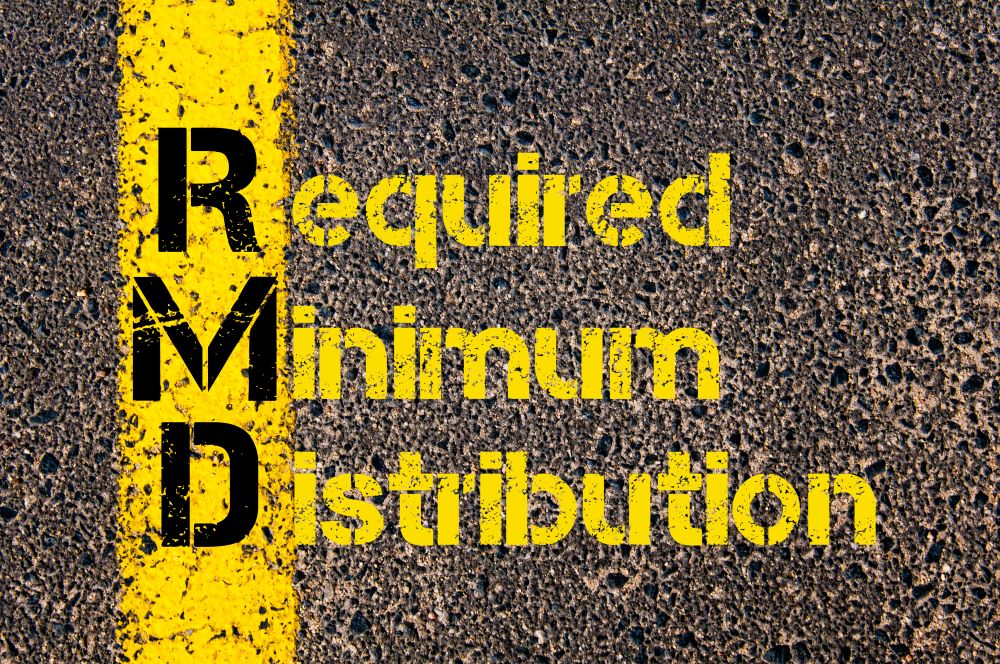
August 7, 2024

Last month, The IRS finalized regulations via TD 10001 for the Setting Every Community Up for Retirement (SECURE) Act, which was first enacted in 2019. Many of the proposed rules outlined in 2022 have been passed with minimal changes, including guidelines on required minimum distributions, a new shortened timeline for distributions, and the retention of the 10-year rule. There were also new proposed regulations issued designed to provide detailed guidance on provisions that have yet to be addressed by the agency. To help clients, prospects, and others, Wilson Lewis has summarized the key details below.
The SECURE Act of 2019 and the SECURE 2.0 Act of 2022 both amended required minimum distribution (RMD) rules. Generally, these rules require that taxpayers take distributions from tax-favored retirement plans such as 401(k) and IRAs after reaching a specific age. In 2019, the SECURE Act increased the required beginning date (RBD) age for distributions to 72 from 70 1/2. Previously, there was a five-year rule for distributions after death, which was then amended to 10 years for all post-death distributions except for minor children, surviving spouses, and other eligible designated beneficiaries. The Secure 2.0 Act increased the threshold age to 73 for participants who reach age 72 after 2022 and to 75 for participants who turn 73 after 2032.
Based on the comments the IRS received, some believed that the 10-year rule would be reversed. Previously, post-death distributions could be given to a designated beneficiary over their remaining life expectancy. When given to younger beneficiaries, these were known as “stretch IRAs.”
Many viewed the 10-year rule that applies to non-spouse beneficiaries as controversial, particularly because it requires distributions to be taken as annual RMDs and all distributions to be taken before the end of the 10th calendar year (after the decedent’s death). This means that non-spouse beneficiaries no longer have flexibility around when distributions are taken. In effect, beneficiaries will be required to receive more distributions than previously anticipated.
While this rule applied to deaths that occurred after 2019, the IRS has offered relief for RMDs that should have been made between 2021 and 2024. However, the ruling has gone forward with no major changes. The applicability date has been extended to distribution calendar years on or after January 1, 2025. However, the 10-year period for deaths starting in 2020 has not been extended, meaning that an account owner who died in 2022 would see a 10-year period expire in 2032. This shortens the timeline for beneficiaries who will have to take distributions equal to the account balance by the end of a previously set 10-year period. This can be a frustrating experience for beneficiaries who may have been waiting for a different decision.
The final decision on the 10-year rule can significantly impact financial planning, particularly for beneficiaries who must take RMDs more quickly or at greater levels than anticipated. Careful tax planning is required to reduce the risk of substantial tax burdens in a single year. Beneficiaries must also consider cash flow needs, balancing distributions with immediate needs and long-term goals. Taxpayers may also want to adjust their investment strategies within the 10-year timeframe.
The IRS has also proposed new regulations to make certain aspects of the SECURE 2.0 Act more precise. These are meant to provide more detailed guidance on provisions that were left open, including:
Contact Us
The new RMD rules will clearly impact not only when distributions are taken but also an individual’s tax situation. For this reason, it is important to consult with a qualified tax advisor to assess how you will be impacted. If you have questions about the information outlined above or need assistance managing inherited IRAs, Wilson Lewis can help. For additional information, call 770-476-1004 or click here to contact us. We look forward to speaking with you soon.